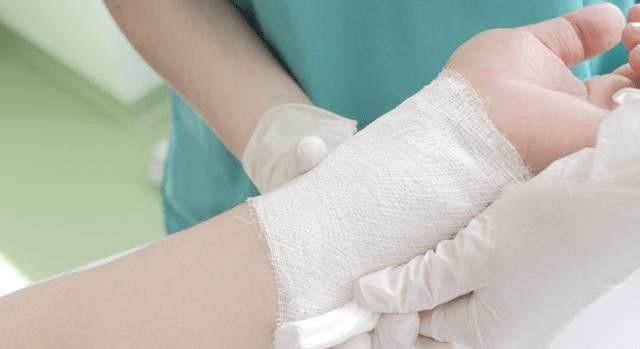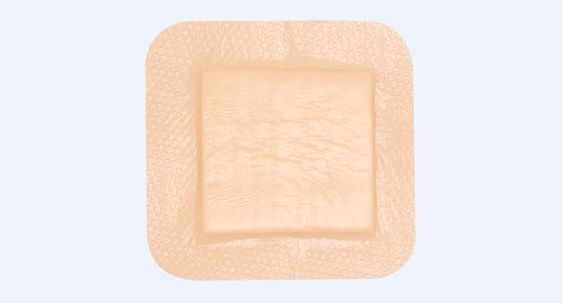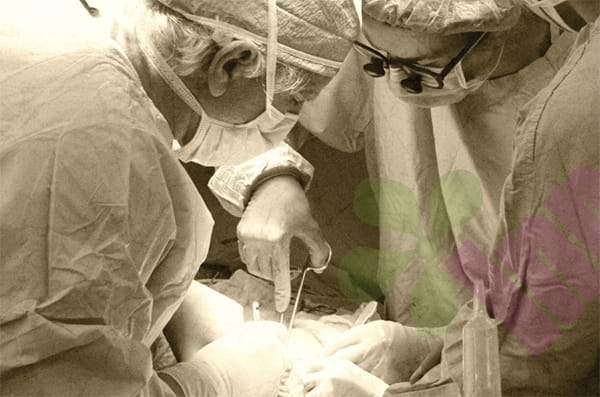Penetrating wounds are a more serious type of trauma in everyday life. They occur when external forces cause full-thickness skin damage, sometimes penetrating deep into the subcutaneous tissue and even into muscles and internal organs. These wounds include common knife cuts, nail punctures, and glass scratches, as well as more serious gunshot wounds and explosion injuries. Unlike more superficial wounds, penetrating wounds, due to their greater depth, are more susceptible to complications such as infection and bleeding, and therefore require special attention.

What are the danger features of penetrating wounds?
Identifying the severity of penetrating wounds is crucial. The most intuitive manifestation is the depth of the wound, where the subcutaneous fat layer or deeper tissue can be seen exposed. The amount of bleeding is usually large, with arterial bleeding occurring in jets and venous bleeding occurring in a continuous outflow. The wound edges may be jagged, especially in lacerations and blast injuries. The pain is severe and may be accompanied by functional impairments, such as limb immobility or paresthesia. The most dangerous are penetrating wounds that injure internal organs. The surface wound may not be large, but the internal damage may be severe, with symptoms of shock such as pale complexion, weak and rapid pulse, and decreased blood pressure.
What should you do first when you encounter a penetrating wound?
First aid treatment will affect the effectiveness of subsequent treatment. Therefore, safety must be ensured to avoid injury to the rescuer. Controlling bleeding is the most important thing. Use a clean cloth to directly press the wound with enough force but not excessive. If the blood soaks through the dressing, do not remove it but continue to apply a new dressing. Elevating the injured limb can reduce the amount of bleeding. When a foreign object is inserted into the body, do not pull it out without authorization, as this may cause more serious bleeding. Use gauze or clean clothing to fix the foreign object and avoid shaking. If the pain is severe, you can apply ice to the surrounding skin, but do not touch the wound directly. Keep the injured person lying flat, keep warm, and check consciousness and vital signs every 10 minutes. Call the emergency number immediately and accurately describe the wound condition and the injured person's condition.
How are penetrating wounds handled in hospitals?
Thorough debridement is the basis. The wound should be repeatedly rinsed with normal saline to remove all foreign matter and necrotic tissue. The doctor will assess the extent of the injury and perform imaging examinations if necessary to confirm whether there is any internal organ damage. The closure method is selected according to the condition of the wound. Clean cuts may be sutured directly after debridement, while severely contaminated wounds will be opened for drainage first and suture delayed. Deep tissue injuries need to be repaired layer by layer, and the reconstruction of structures such as muscles, tendons, and nerves directly affects functional recovery. Tetanus prevention cannot be ignored, and the need for vaccination should be determined based on immunization history. Antibiotics should be used in a standardized manner and usually need to cover common pathogens for 5-7 days.
What should be paid attention to in the post-care of penetrating wounds?
Home care after discharge is equally important. The wound needs to be kept dry and clean, and attention should be paid to the exudation of the dressing. Normally, it should be a small amount of light red liquid. If there is purulent secretion or a sudden increase in exudate, be alert to infection. Pain management should be in place, and painkillers should be taken on time to avoid limited activity due to pain. Nutritional support is critical. 1.5-2 grams per kilogram of body weight is needed every day. Vitamin C and zinc supplementation can promote collagen synthesis. Functional exercise should be gradual, especially for wounds that injure tendons or joints. Too early activity may affect healing, and too late activity will cause adhesions. It is very important to quit smoking, as smoking will significantly delay the healing process. Regular follow-up visits allow the doctor to evaluate the healing progress and adjust the treatment plan in a timely manner.

Seek medical attention immediately if:
Persistent throbbing pain or sudden worsening of pain in the wound, with surrounding skin redness and fever expanding. A fever exceeding 38°C, accompanied by chills or general malaise. Wound dehiscence or unusual discharge, such as pus or foul-smelling fluid. Relapse of previously recovered function, such as limb weakness or numbness. These symptoms may indicate complications such as infection, deep hematoma, or poor healing. Diabetics, the elderly, and those with weakened immune systems should be especially vigilant, as their symptoms may be atypical, but the consequences could be more serious. For more information on Innomed® Super Absorbent Non-adhesive, refer to the Previous Articles. If you have customized needs, you are welcome to contact us; you can do so wholeheartedly. At longterm medical, we transform this data by innovating and developing products that make life easier for those who need loving care.
Editor: kiki Jia

 English
English عربى
عربى Español
Español русский
русский 中文简体
中文简体








